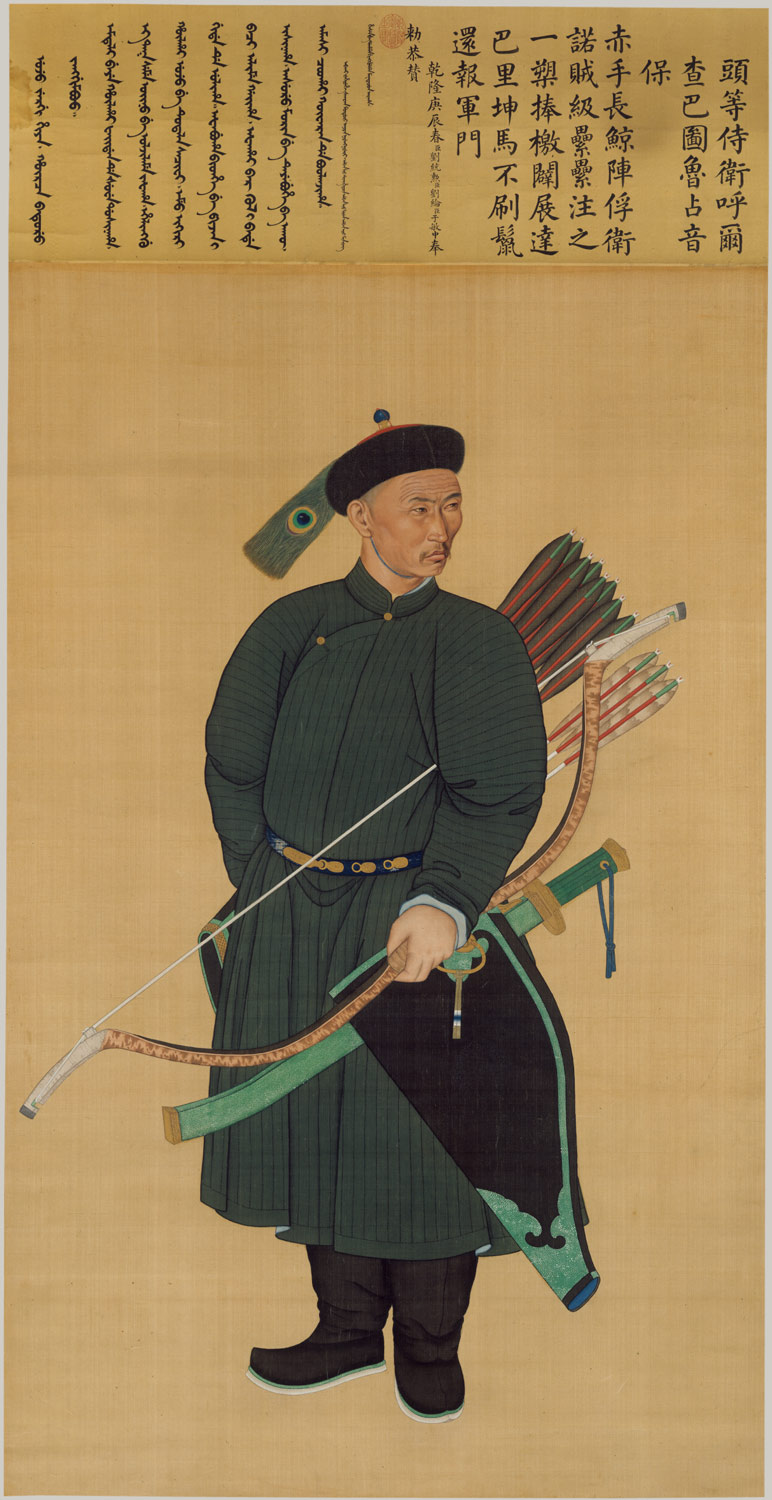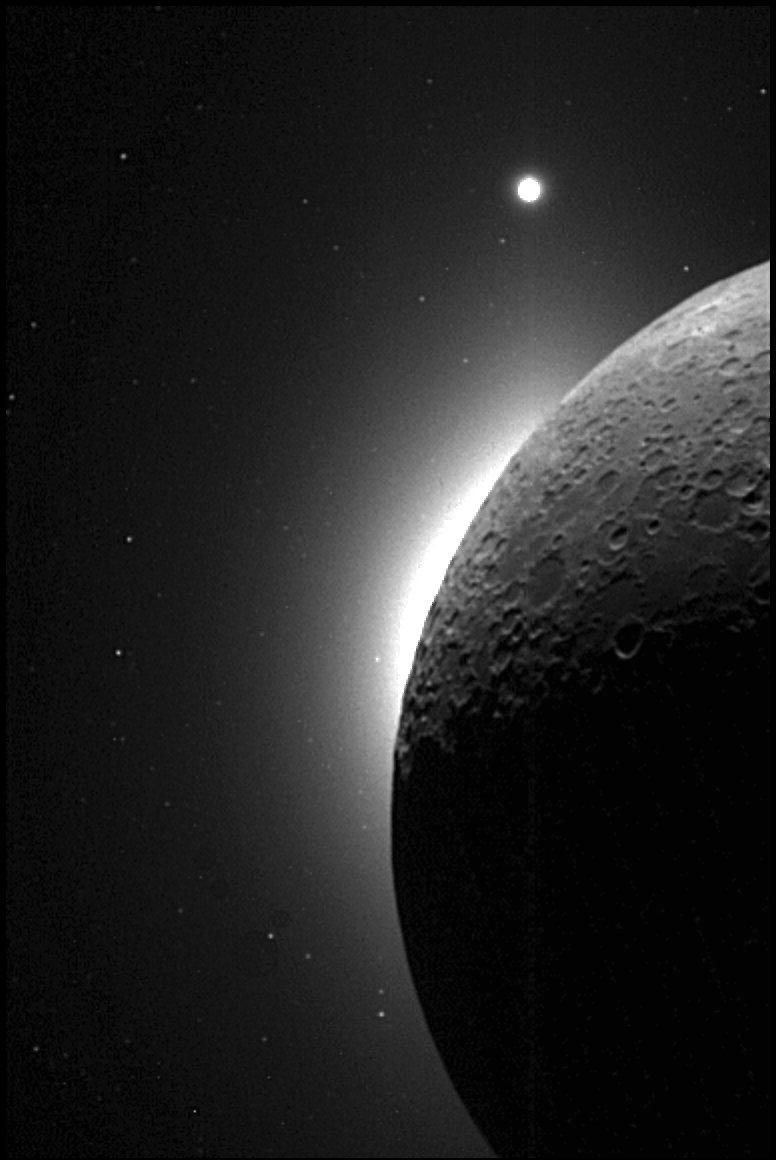The prolific life of Wang Zhenyi, autodidact, astronomer, and poet
Progressive in science and art, she disregarded sexist norms of Qing-dynasty China
Wang Zhenyi was born in 1768, in early-Qing dynasty China, a time when women had no legal rights and women’s education was largely limited to prescribed duties such as cooking and child-rearing. And yet, in her tragically short life – she died at 29 – Wang Zhenyi became an accomplished astronomer, mathematician, textbook writer, and poet.
Born to a family of academics, she learned basic mathematics, medicine, and geography from her father, astronomy from her grandfather, and poetry from her grandmother. At 16, she began learning advanced mathematics and astronomy by herself, studying several traditional Chinese texts along with European classics such as Euclid’s Elements. Beyond academics, she also mastered archery, and martial arts

She was a prolific writer with at least 12 books to her name. Most of her works are expositions and explanations of mathematical theorems such as the Pythagorean Theorem and trigonometry, though she also published a collection of original poetry and original articles on her astronomy research. This included works explaining the movements of equinoxes as well as a paper analyzing the movement of the Moon and describing solar and lunar eclipses. She also made the case for the adoption of the Western, solar calendar in Qing China, to replace the ancient lunar calendar.
A largely self-taught scientist, Wang Zhenyi worked to ensure that mathematical knowledge was easily understood by students and other readers. For instance, she rewrote an older, specialist mathematical treatise, Principles of Calculation by Mei Wending, in easier-to-grasp language. She wrote another book, The Simple Principles of Calculation, where she developed easier multiplication and division methods for beginners. Several biographies also note that she tutored male students, something unheard of for a woman at the time.

An imperial bodyguard ~1760
She seems to have been driven to demonstrate and expound upon astronomical phenomena. In one famous exhibit she used a spherical lamp to represent the sun, a mirror to represent the moon and a round table for the Earth. Using this set-up she could accurately simulate the lunar eclipse, a phenomenon then thought to have been caused by the gods.
An educated woman living in a time of wide-spread sexism, in a feudal monarchy, she expressed her progressive ideas through poetry. Her style is unusually direct, often poignantly depicting scenes of wealth and gender inequality in her society. This included exposing the misogynist views of contemporary male academics.

The moon and Venus
Unfortunately, most of Wang Zhenyi’s scientific and literary works have been lost to time. What remains suggests a remarkably capable scientist, a dedicated educator and a fierce reformist in mid-18th century China. In 2004, the International Astronomical Union recognized Wang Zhenyi’s achievements by naming a crater on Venus after her.